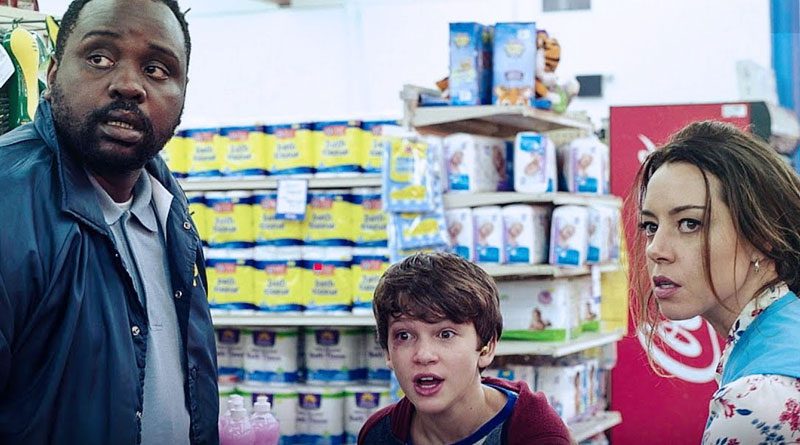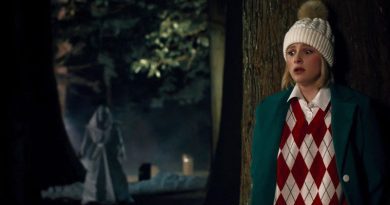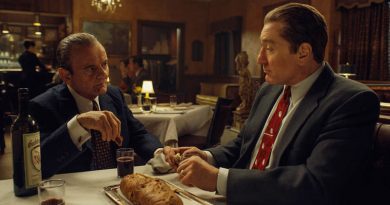Child’s Play (2019) Review
When Metro-Goldwyn-Mayer (MGM) — the studio which originally holds the rights to the first Child’s Play movie back in 1988 — announced they are heading for a reboot territory last year, I figure it was a huge mistake. I mean, why remake such an iconic horror film? Look at what happened to Friday the 13th (2009) and A Nightmare on Elm Street (2010) — both unnecessary reboots to the equally well-known horror franchise that were met with largely negative responses.
The 2019 version of Child’s Play has already suffered from so many hatred long before it hits the big screen. Both original creator Don Mancini and actor Brad Dourif, who voiced Chucky in all seven Child’s Play movies from the 1988 original to 2017’s Cult of Chucky weren’t particularly thrilled with the idea of the reboot. Even Jennifer Tilly, who voiced Chucky’s love interest, Tiffany since 1998’s Bride of Chucky was equally dissatisfied and went as far as creating her own Twitter hashtag under #NotMyChucky.
In this new reboot, we learn that Chucky (voiced by Mark Hamill — yes, that Mark Hamill) isn’t a possessed doll but rather a malfunctioned A.I. robot doll. There is no black magic, no voodoo spell and definitely no Charles Lee Ray. But the basis of the story echoes the original’s setup: Similar to the 1988 version, it retains the story about a single mom (Aubrey Plaza) living with her only son, Andy (Gabriel Bateman). One day, she brought him back a Buddi doll as a present for his upcoming birthday. The Buddi doll, which is supposed to be a harmless toy, turns out to be a defected one with an overriding system issue. Soon, it doesn’t take long before the doll who named himself as Chucky begins to show signs of odd and violent behaviour.
What bothers me the most about this reboot is the doll itself. The overall new makeover of the Buddi (previously known as “Good Guys” in the original) doll is fugly. Put it this way, it’s like the doll has undergone a poor facial reconstruction surgery or had a botox injection one time too many. I get it that Chucky is meant to be both an evil doll and antagonist of this movie. But the design makes it way too obvious. Seriously, if such dolls are mass-produced and sold commercially in every major toy store in town, would customers in general actually go crazy and buy them in the first place? The thing is, what makes the original Good Guys doll work so well in the 1988 original was the seemingly harmless toy that neither parents nor kids would expect something sinister or scary might happen. Unfortunately, that wasn’t the case for the Buddi dolls even way before we are introduced to the malfunctioned version nicknamed Chucky.

As much as I dislike the new look of the doll, I’m glad that Mark Hamill does a fine job with his creepy voice performance as Chucky. Most of the actors that appeared in this reboot are surprisingly better than I expected, with Aubrey Plaza and Gabriel Bateman’s mother-son relationship particularly shine the most while Brian Tyree Henry delivers decent support as Detective Mike Norris.
Lars Klevberg’s (Polaroid) direction is serviceable, with a couple of effective kills and gory set-pieces in a typical slasher-movie fashion. The pace is also brisk enough for a 90-minute horror movie while Tyler Burton Smith’s screenplay — in his feature-length debut — does contain a few intriguing ideas related to technophobia and the dark side of artificial intelligence in general. It’s just too bad his idea barely scratches beyond its surface-level storytelling. Had the movie delves deeper into the idea, we might have something unique that would justify the existence of this otherwise unnecessary reboot.
If by comparison, the Child’s Play reboot definitely is no match for the original. Still, putting that aside along with the new look of the doll, Lars Klevberg’s version remains a fun little ride for a slasher movie.





